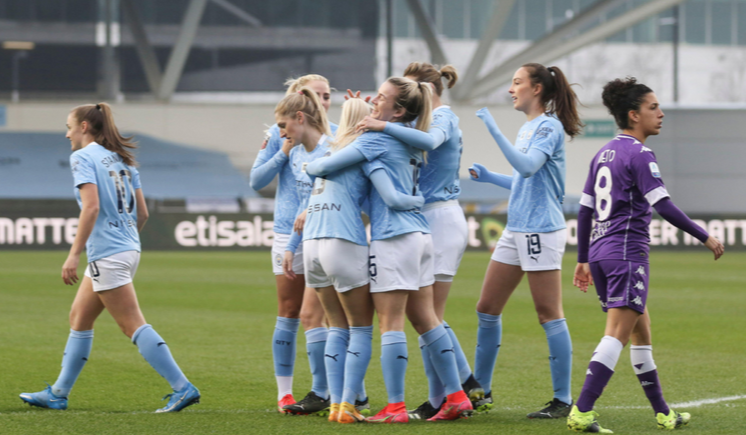THE MATCH DEMANDS OF ELITE WOMEN’S FOOTBALL: IMPLICATIONS FOR FUTURE INTEGRATIVE RESEARCH FRAMEWORKS

FEATURE/DR PAUL BRADLEY
The popularity of women’s football has increased exponentially in recent years with both the number of registered players and spectators continuing to grow across the world (Bradley and Vescovi, 2015). For instance, approximately 13 million females are now playing organised football with around 3 million registered as players (FIFA, 2019). The FIFA Women’s World Cup is currently the largest women’s sporting spectacle on the planet with >1 billion in broadcast audiences and over a million attendees for the 2019 competition in France (Bradley and Scott, 2020). This increased popularity has resulted in a concomitant increase in the number of investigations examining the match demands of the women’s game (Andersson et al., 2010; Bradley et al., 2014b; Datson et al., 2017; Mohr et al., 2008; Park et al., 2019). Compared to men’s football, the female game is still in an embryonic stage in relation to research coverage (Kryger et al., 2021). Despite a gender disparity in football science research, there has been an increased focus on all aspects of the women’s game in recent years or a sort of ‘awakening’. This is especially evident in the quantity and quality of papers in the match demands area of female football, hence the need for this specific piece. Thus, it is expected that impactful research will be more plentiful in future in not just match analysis research but all aspects of the female game. This information is very much needed given the increased professionalism of the women’s game. Such data would be extremely useful and valuable to the coaches and the support staff that drive the sports science and medical provision at domestic and international levels of the women’s game. Thus, this piece will present some of the existing match demands work that has been published on the female player with special reference to the game’s rapid evolution.
As research and development frameworks have been key drivers in other areas of football, this piece also shines a light on an integrative research structure that aligns the match demands area with other key facets of the female game that are highly related and could aid future innovations (e.g. the menstrual cycle and injury).
